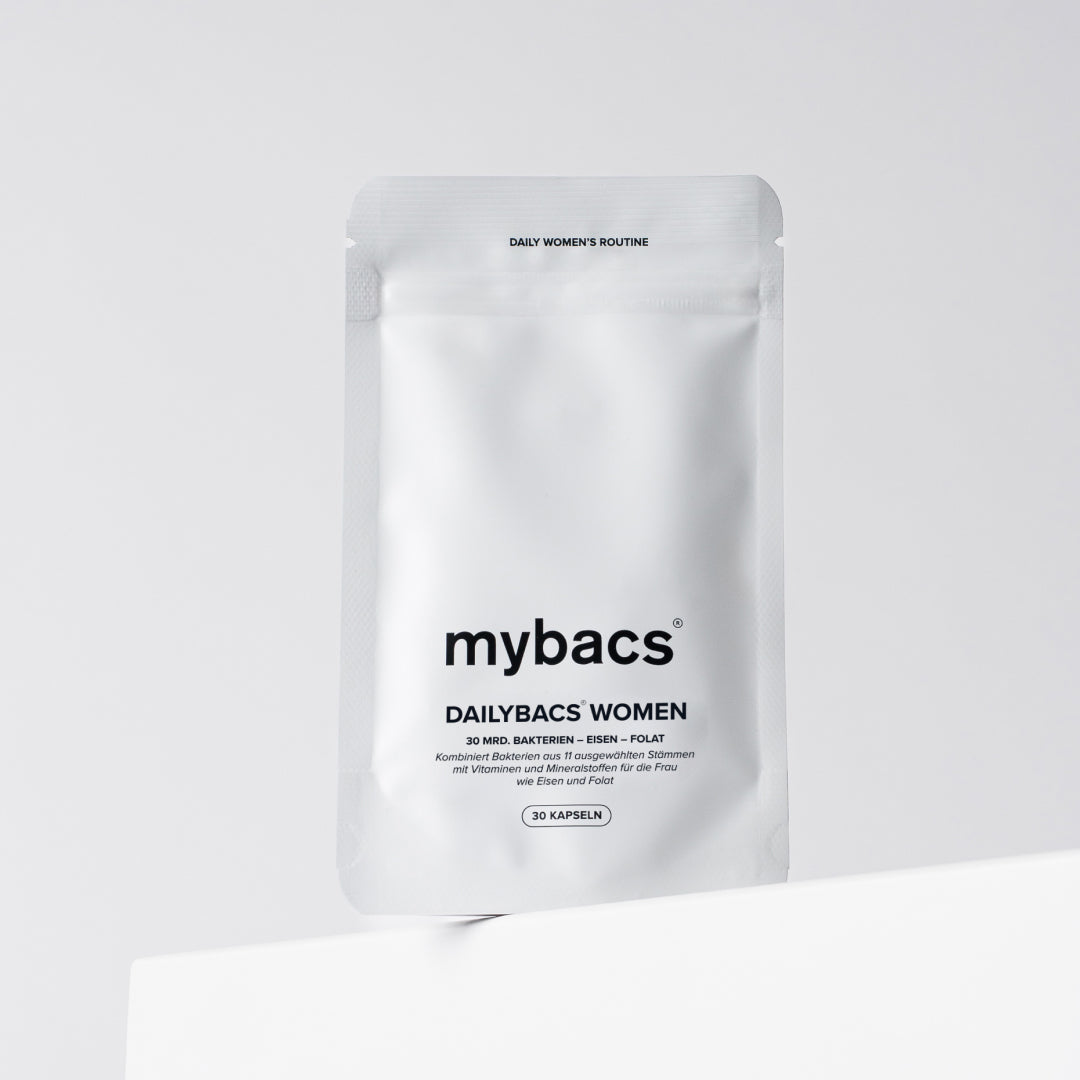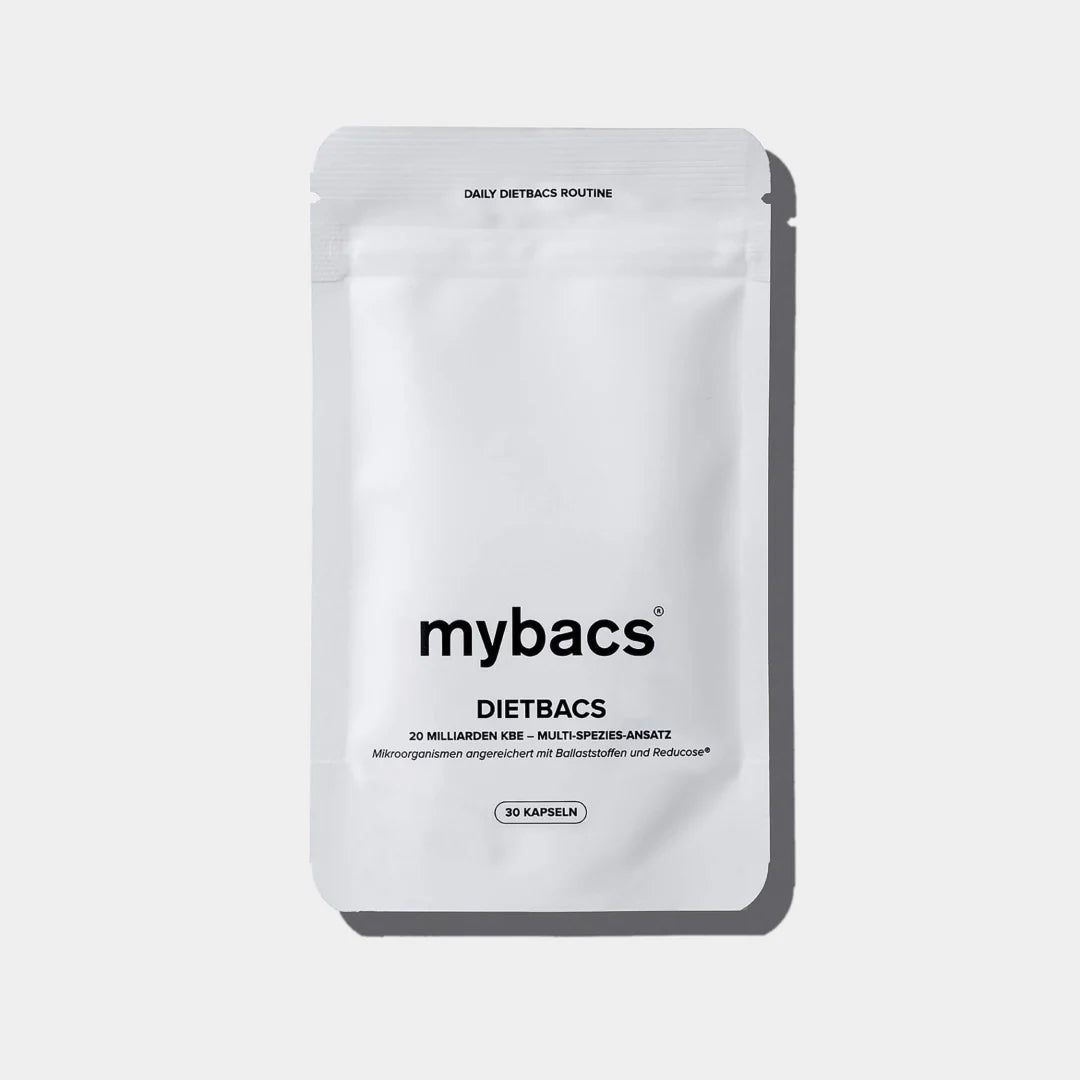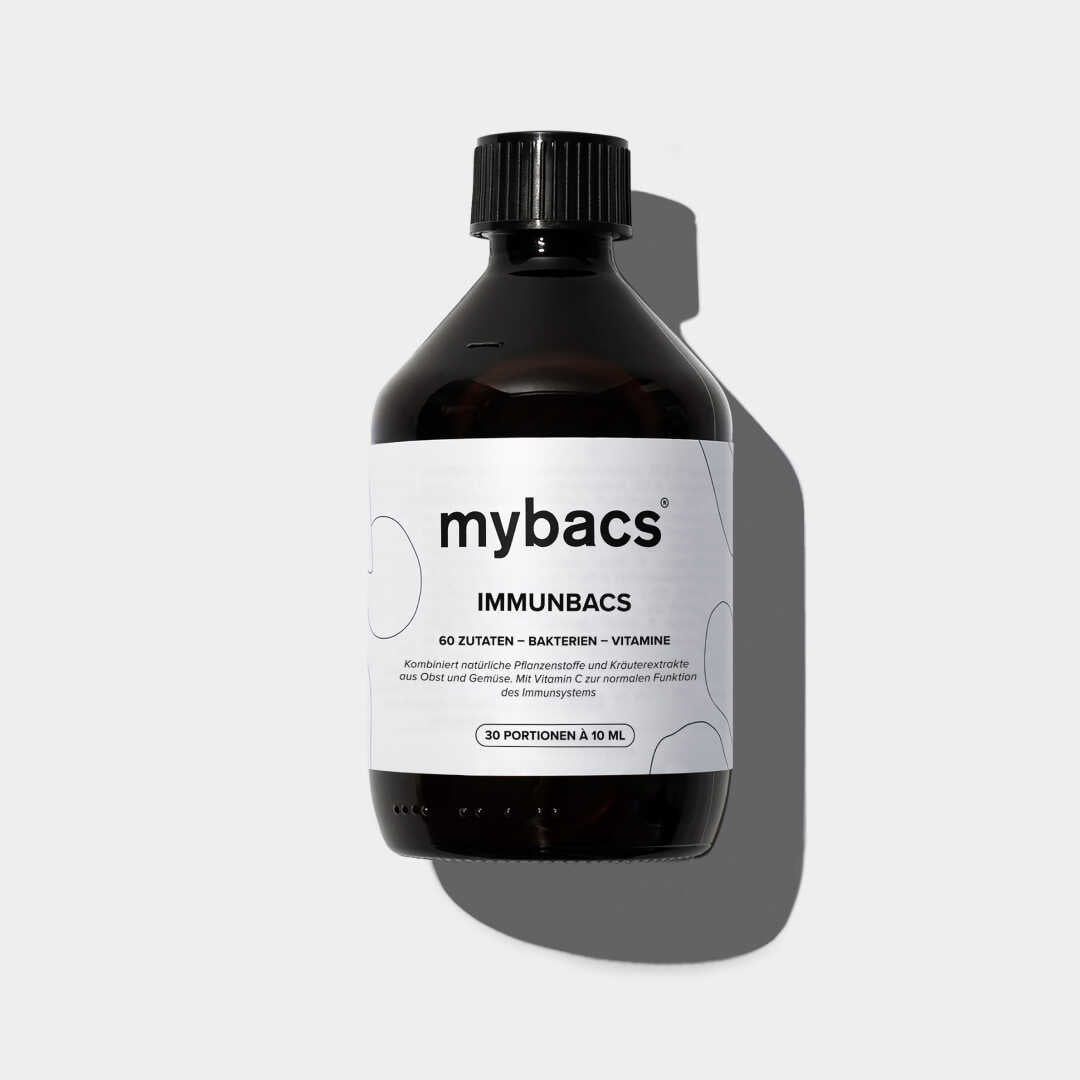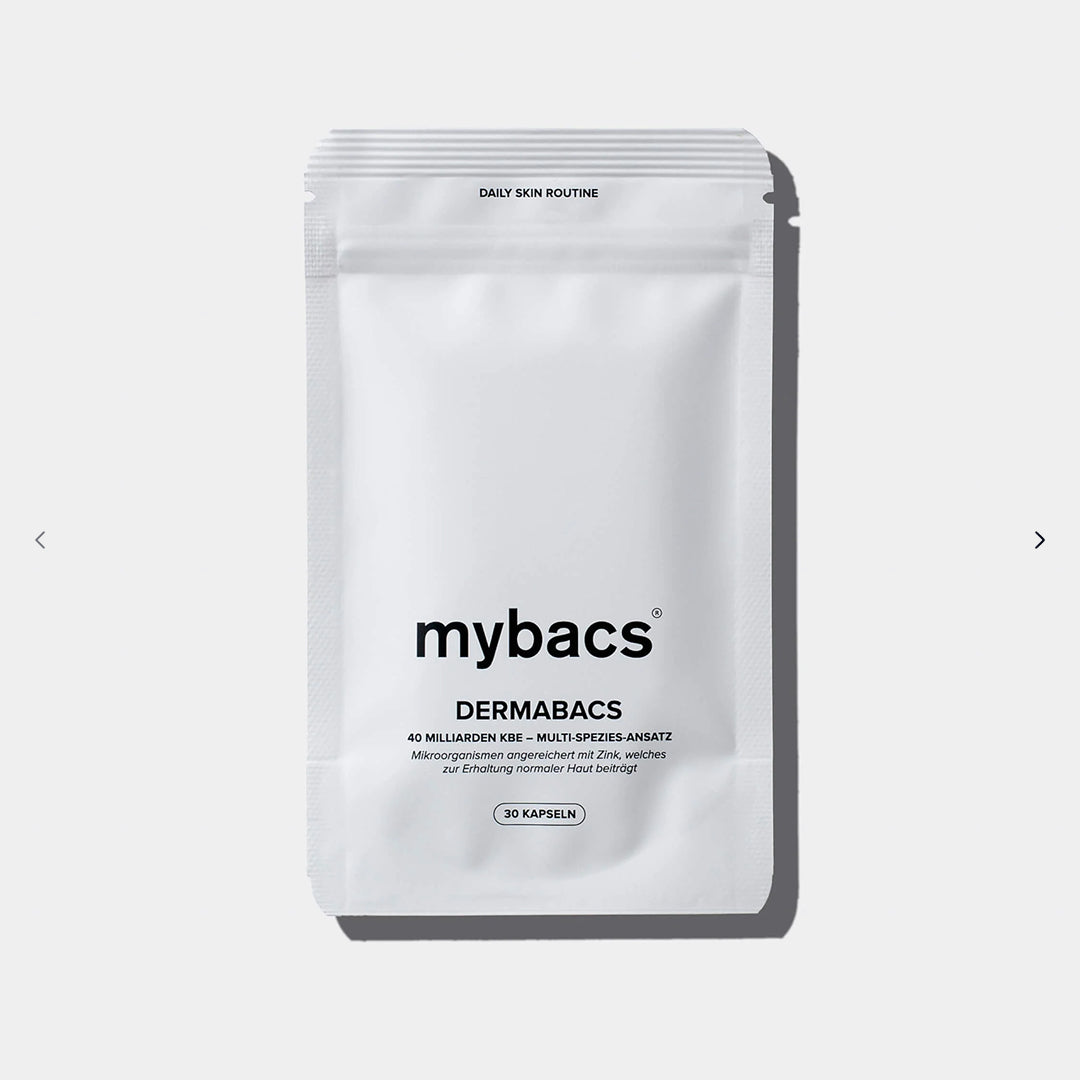Rosacea is a common, chronic skin condition that primarily affects the face. It is characterized by redness, nodules, and pustules on the face, which can become more severe over time. Rosacea usually develops after the age of 30. In Germany, approximately 2-5% of all adults are affected.
Although rosacea can occur in both sexes, it is more common and severe in women. Studies have shown that women between the ages of 30 and 50 are most likely to develop rosacea. Symptoms in women can be more severe and can significantly impact quality of life.
Symptoms of rosacea
Rosacea primarily affects the face, especially the cheeks and nose. These areas are often reddened. This redness usually occurs in bouts at first, before eventually becoming manifest. As the disease progresses, the blood vessels of the facial skin become visible as a fine network on the affected areas. These dilated vessels become visible because they are dilated by rosacea. The inflammation of the skin causes nodules (papules) and pustules, reminiscent of acne. Especially in men, a nodular thickening of the nose, colloquially known as a "bulbous nose," can occur.
Causes of rosacea
The exact causes of rosacea are not fully understood, but it is thought that a combination of genetic and environmental factors plays a role. Possible environmental factors that may contribute to the onset of rosacea include:
- sunlight
- Hot drinks
- Hot baths
- stress
- Hormonal changes
- Certain foods such as coffee, alcohol and spices
Although rosacea can cause purulent pustules, it is not a form of acne. Unlike acne, rosacea does not involve increased sebum production. Furthermore, it is suspected that certain microorganisms, such as the Demodex mite, may play a role in the development of rosacea.
Diagnosis and treatment of rosacea
Treatment for rosacea depends on the severity of symptoms and can range from topical medications such as corticosteroids or antibiotic creams to oral medications or light therapy. Lifestyle changes, including a balanced diet and reducing stress, can also help improve symptoms. However, most rosacea cannot be cured, only improved. Regular checkups with a dermatologist are important to monitor symptoms and adjust treatment as needed. Overall, it's important to be proactive and take care of your skin's health when you have rosacea. Early diagnosis and treatment can help relieve symptoms and prevent serious complications.
Skin flora: Rosacea changes the skin microbiome
In addition to the known trigger factors, the role of the microbiome in the development and exacerbation of rosacea is of increasing interest. There is some evidence that the microbiome (the totality of microorganisms living on and in our bodies) may play a role in the development of rosacea.A disrupted microbiome, characterized by an unfavorable change in bacterial species and numbers, can impair the immune system and thus increase inflammatory responses in the skin. Some studies have shown that people with rosacea have a different microbiome composition compared to people without the disease. For example, a link has been observed between Demodex mites and rosacea, as studies have shown that people with rosacea have a higher density of these mites on their skin. It is thought that the overpopulation of Demodex mites can lead to inflammation on the skin, which is a symptom of rosacea.
Causes of rosacea: The intestine can also play a role
In addition to the influence of the skin microbiome, studies have shown that the development of rosacea is also linked to the gut. A dysfunctional gut, particularly a dysfunction in the gut flora, can impair the immune system and thus lead to inflammation in the skin. Some studies have shown that people with rosacea have a disrupted intestinal barrier, suggesting that a disrupted gut may play a role in the development of rosacea.
Tip: Special foods to watch out for when suffering from rosacea
There is also evidence that diet may play a role in the development and worsening of rosacea. Some studies have shown that certain foods and beverages can trigger or worsen rosacea symptoms.
These include, for example:
- Dairy products such as yogurt, cheese, sour cream
- Special fruits: citrus fruits, bananas, red plums, figs
- Spicy food
- Foods rich in histamine
- Drinks: Alcohol, especially red wine, beer, bourbon, gin, vodka and champagne.
- Hot drinks like coffee.
It's important to note that the effects of diet on rosacea can vary from person to person. Some people can eat certain foods without problems, while others are more sensitive to certain foods.
New solution: A healthy intestinal flora
A balanced diet rich in fiber-rich foods can help support the gut microbiome and maintain a balanced gut flora. There are also some studies showing that certain probiotic supplements can improve rosacea symptoms. New approaches to treating rosacea are therefore increasingly incorporating probiotics and prebiotics, as these have been shown to be beneficial for the gut flora and can restore it to balance.
In this context, we developed our Dermabacs® – a synbiotic that can also specifically target rosacea. Want to learn more? Then click here and take a closer look at Dermabacs®!






